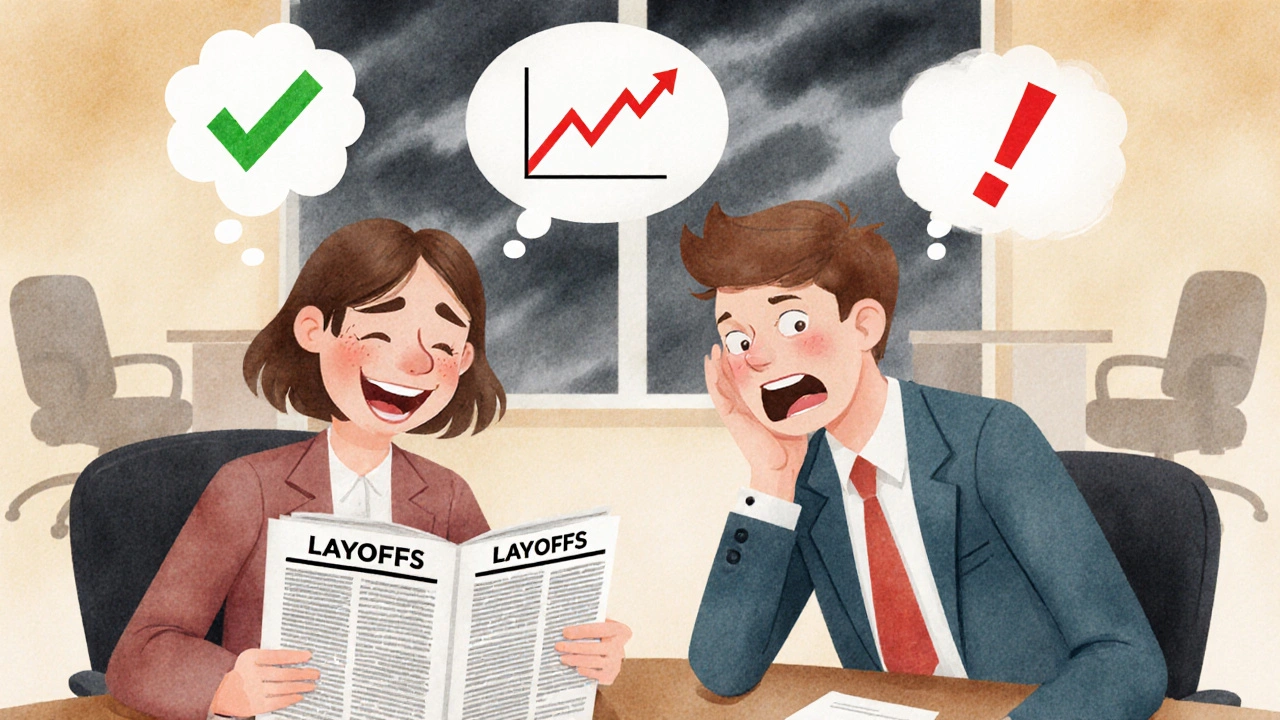Cognitive Biases: How Your Brain Tricks You and What to Do About It
When you choose a medication, ignore a doctor’s warning, or stick with a treatment that isn’t working, it’s rarely because you’re lazy or careless. More often, it’s because your brain is relying on cognitive biases, systematic patterns of thinking that lead to irrational decisions. Also known as mental shortcuts, these biases help you make quick judgments—but in healthcare, they can lead to dangerous mistakes. You might think you’re being logical, but your brain is actually following hidden rules shaped by fear, past experiences, and social pressure.
Take confirmation bias, the tendency to favor information that matches what you already believe. If you read one article saying aspirin is risky, you’ll ignore five studies showing it helps certain people. Or consider availability heuristic, when you judge risk based on how easily examples come to mind. After hearing about a bad reaction to a drug on social media, you might avoid it—even if your doctor says it’s safe for you. These aren’t just abstract ideas. They show up in how people skip doses, delay tests, or trust online reviews over clinical guidelines.
These biases don’t just affect patients. Doctors fall for them too. A clinician might overlook a rare condition because it’s not the most common one, or prescribe a drug because it’s familiar, not because it’s the best fit. That’s why understanding cognitive biases matters—it’s not about being smarter. It’s about building better habits around health decisions. The posts below show real examples: why people stick with ineffective headache treatments, why some avoid aspirin even when it could save their life, and how misinformation spreads through emotional stories instead of data. You’ll see how these patterns play out in medication safety, treatment choices, and even how we talk about chronic illness. This isn’t theory. It’s what’s happening right now in clinics, pharmacies, and living rooms.
16
Cognitive Biases: How Your Beliefs Shape What You Say and Do
Cognitive biases are invisible mental shortcuts that shape how you interpret information and respond to the world. This article explains how beliefs distort your reactions-and what you can do about it.
Latest Posts
Popular Posts
-
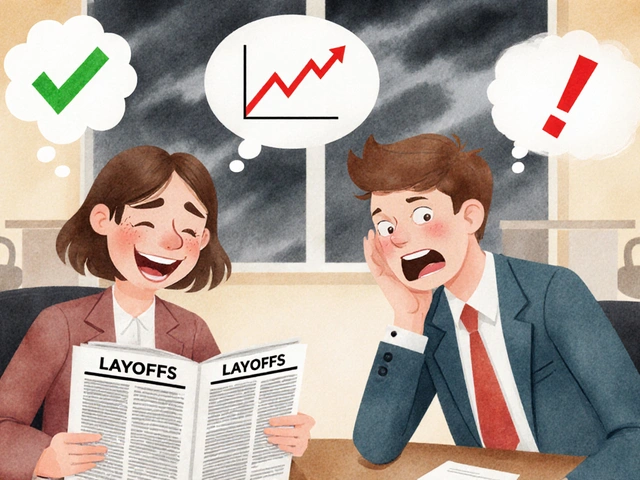 Cognitive Biases: How Your Beliefs Shape What You Say and Do
Cognitive Biases: How Your Beliefs Shape What You Say and Do
-
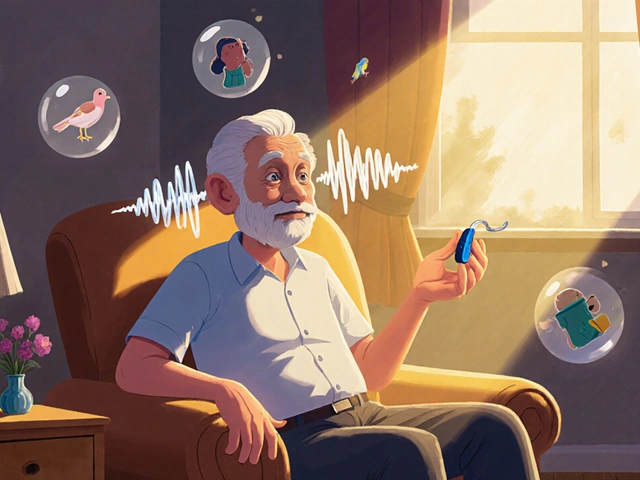 Age-Related Hearing Loss: Understanding Presbycusis and Effective Amplification Strategies
Age-Related Hearing Loss: Understanding Presbycusis and Effective Amplification Strategies
-
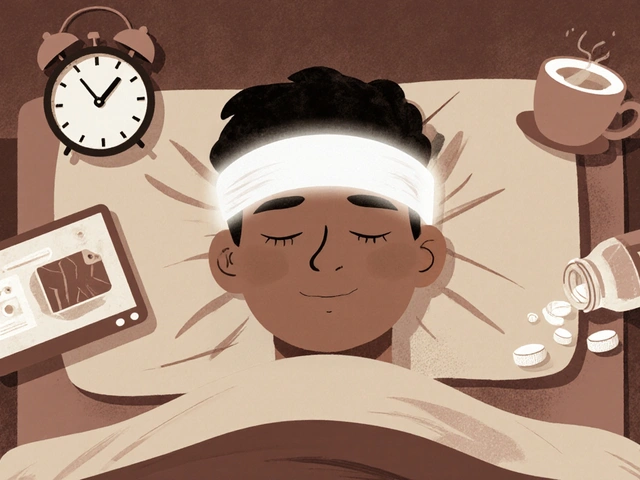 Chronic Tension Headaches: What Triggers Them and How to Stop Them for Good
Chronic Tension Headaches: What Triggers Them and How to Stop Them for Good
-
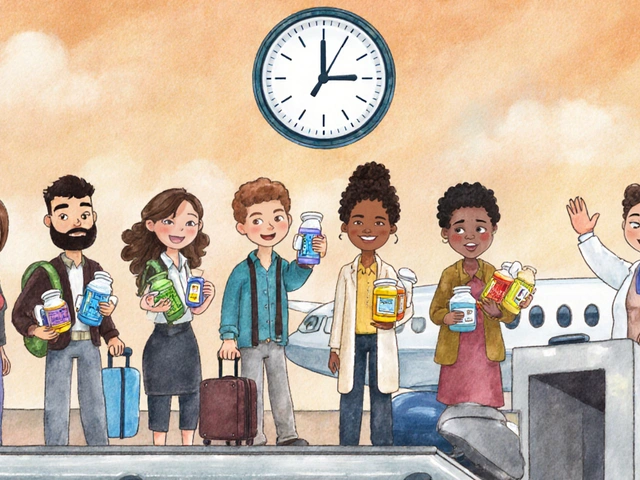 Travel Medication Plans: How to Manage Time Zones, Storage, and Side Effects
Travel Medication Plans: How to Manage Time Zones, Storage, and Side Effects
-
 Aspirin Therapy for Heart Disease Prevention: Who Should Take It in 2025?
Aspirin Therapy for Heart Disease Prevention: Who Should Take It in 2025?
